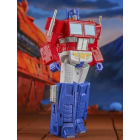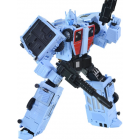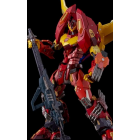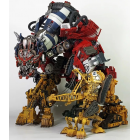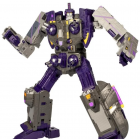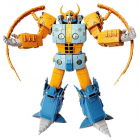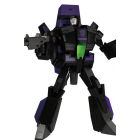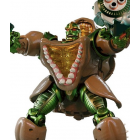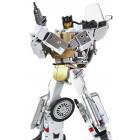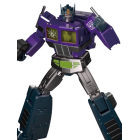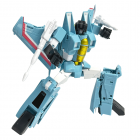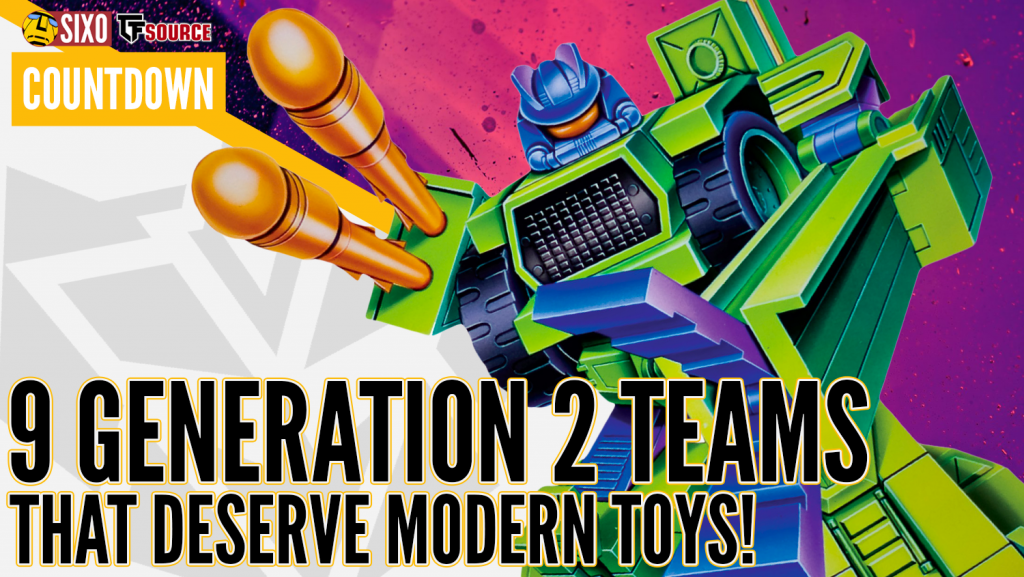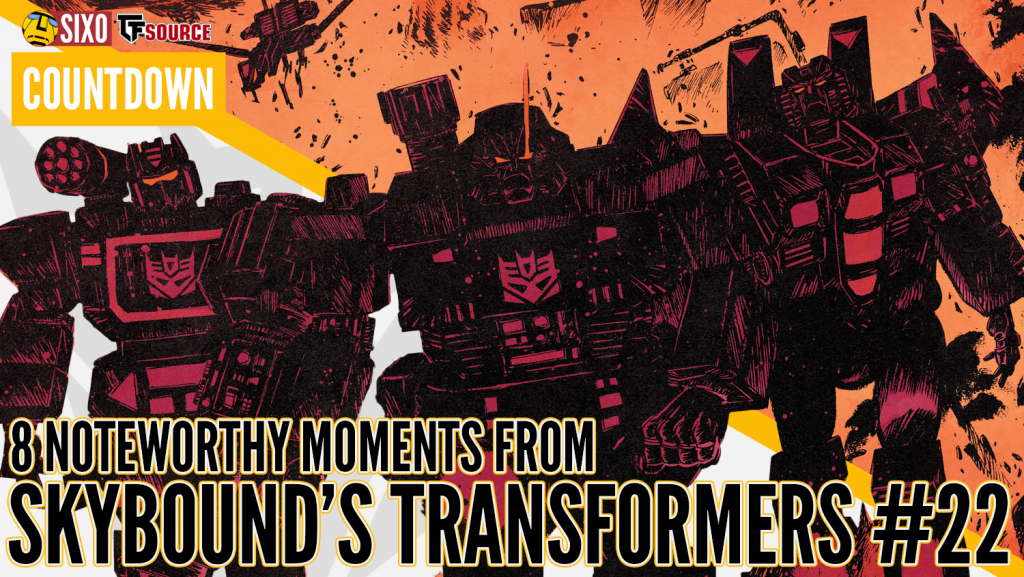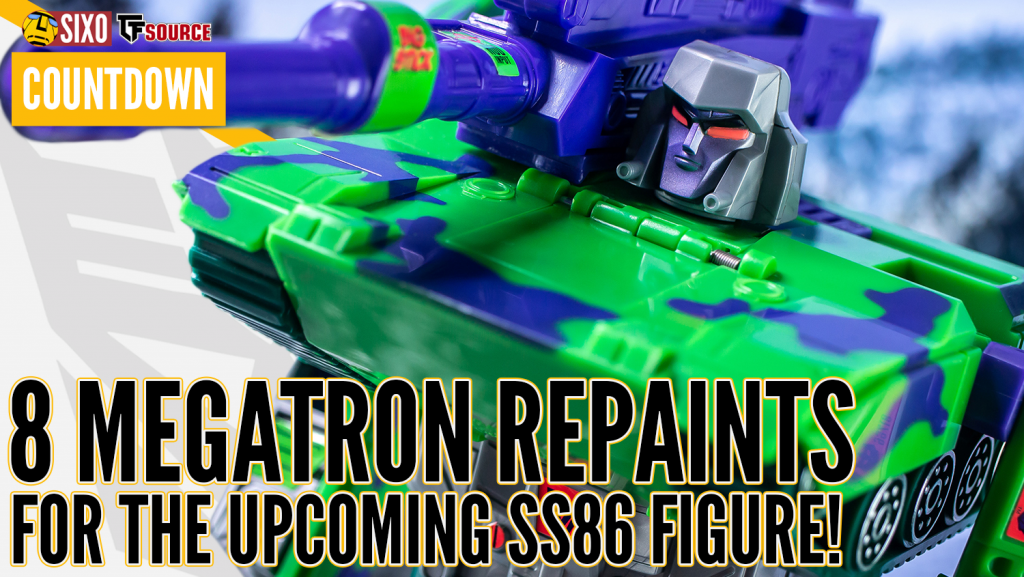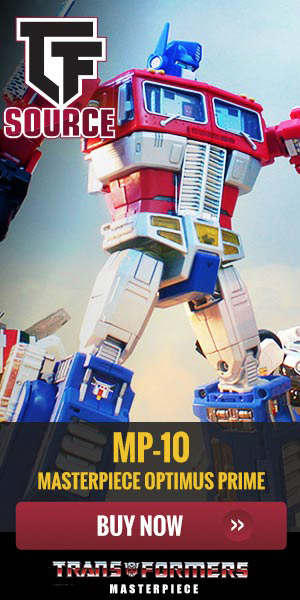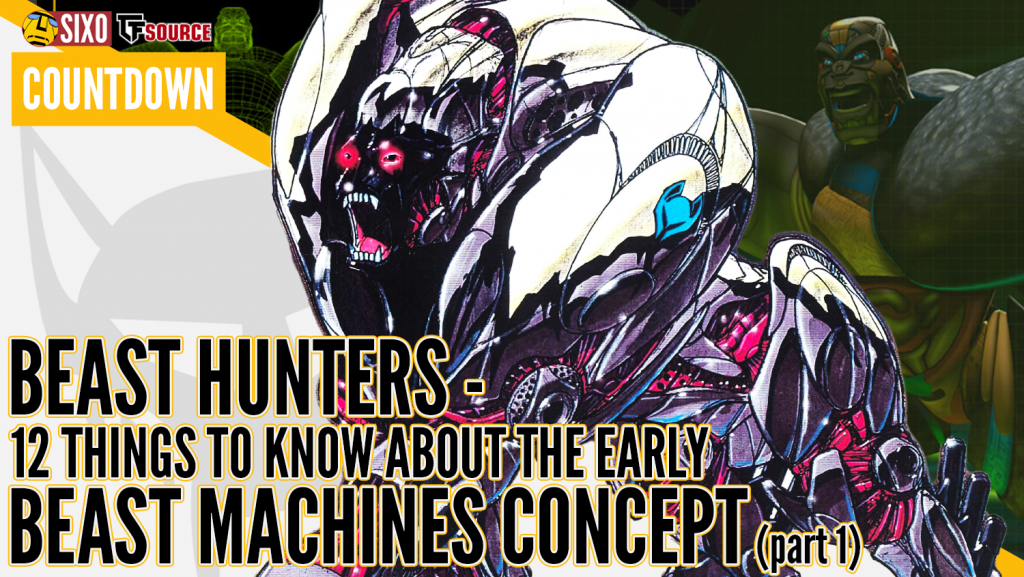
Mention the name ‘Beast Hunters’ to many Transformers fans, and there’s a good chance their mind will immediately swing to the subtitled third season of Transformers: Prime.
Yet Beast Hunters has its roots far before the 2010 show, all the way back to the late nineties when the follow-up to the hugely popular Beast Wars was still in development. Yes, this is the premise for what eventually became Beast Machines, with the term even making it as far as some very early promotional material.
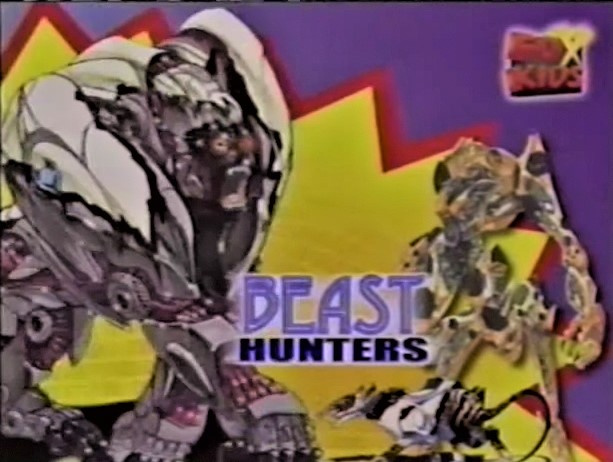
Image credit: @walruslaw
Though the above was never debuted to a general audience at the time, more details have since emerged about the initial concept stages of the show, revealing numerous aspects that evolved quite a bit on the journey to what eventually hit our screens. Most recently, the original treatment, put together by comic book writer Marv Wolfman, has come to light and been published online by @20thDan for all to read. Wolfman would ultimately go on to write several episodes of Beast Machines, whilst story editors Bob Skir and Marty Isenberg picked up this treatment and shaped it into the series we now know and love (well, some of us do).
Still, it’s intriguing to see how much of the final story is present in this initial treatment despite it being notably different in many cases! Included here are also various pieces of early concept artwork originating from the time of Wolfman’s treatment and predating much of what typically circulates online.
A key tagline of the finalised show was “the seeds of the future lie buried in the past“, so with that in mind, let’s dig back into the story as presented when it was still known as Beast Hunters…
#12: It was seemingly considered a 4th season of Beast Wars
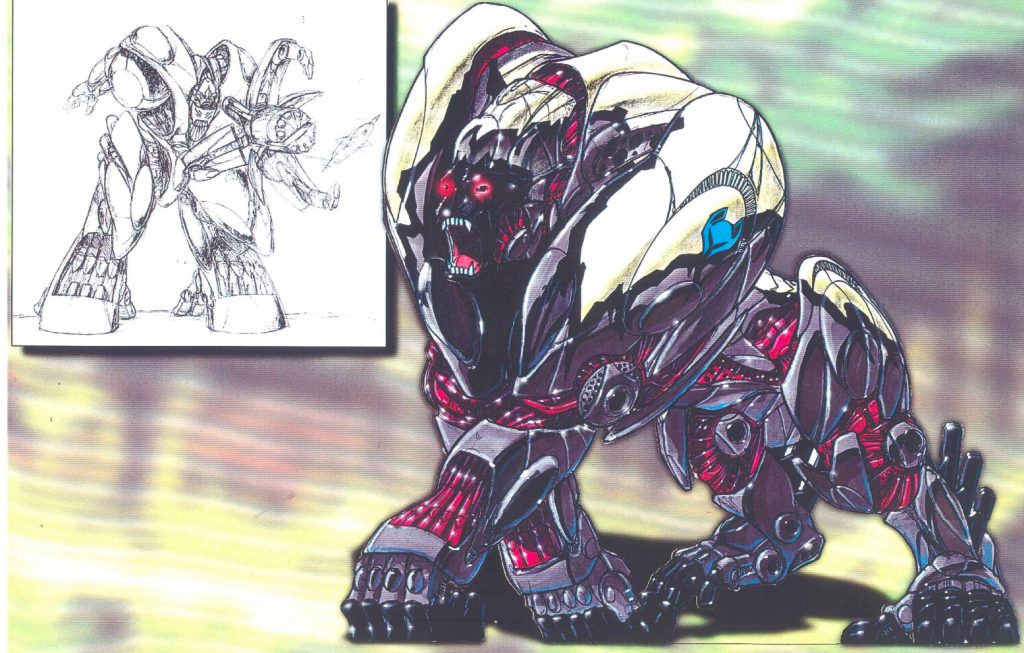
One noticeable thing throughout the treatment is the talk of a fourth season. While not explicitly stated, the context makes it clear Wolfman penned this as a direct continuation to the three seasons of Beast Wars already produced. When talking about the main cast of characters, it states, “to make Beast Hunters Season Four special, we have to really care for the lives of our heroes“, whilst the story outline talks about information which should be withheld during season four and finishes with “And, on that note, we end season four”. Although the show would always have had a new title, it does seem like the notion of this being a fourth season to the existing series was a clear mandate in the brief given to Wolfman when preparing this treatment.
What’s also worth noting is that although some details seem to contradict established continuity on the face of it (perhaps even more so than the finished Beast Machines storyline, I might add), this being a mere outline means it’s so loose that you could mould it to make sense should you want to. For example, a summary states the Maximals “return to Cybertron after a long, fruitless journey to find other Transforming races”, which fans might immediately slap down as incorrect to what we already know but, with a bit of hand-waiving, could retroactively be established as the exploration mission the Axalon was on at the beginning of Beast Wars, perhaps. There are also some elements included which might have sat slightly better with fans of the previous series, as we will see.
#11: Cybertron is a very different place
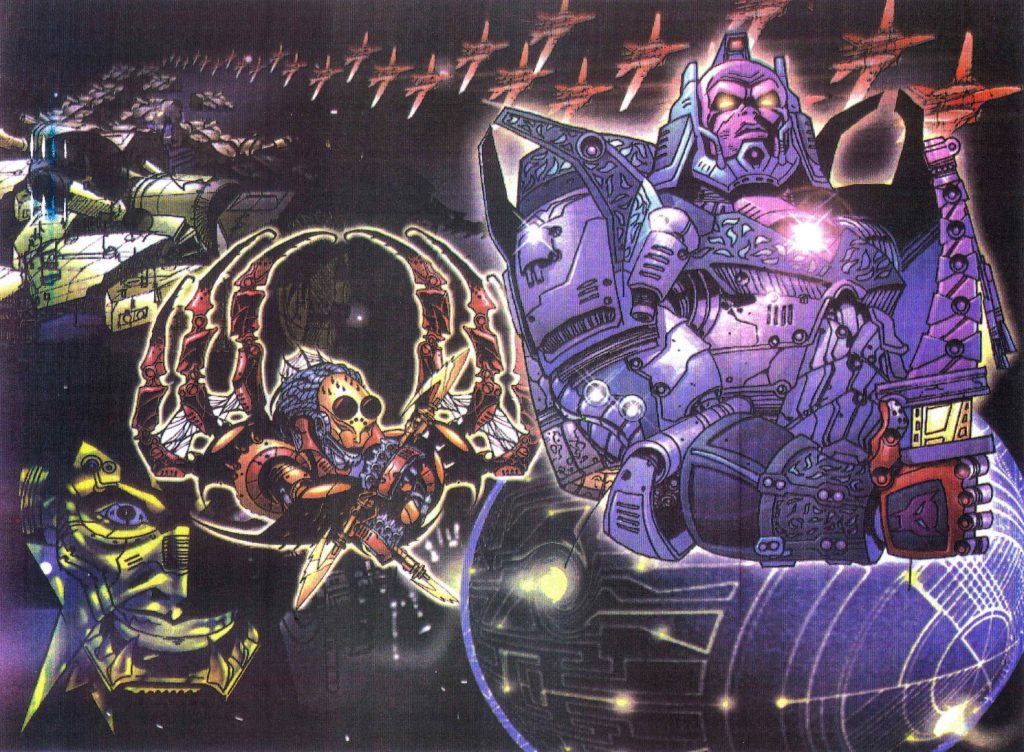
Despite links to its predecessor in the Beast era, many details in this treatment remain potentially controversial, especially those concerning the depiction and history of Cybertron in the context of the wider franchise. Both the original 1980s Sunbow Transformers cartoon and the Marvel comic had their separate lore for how the planet and its native race came into being, and with Beast Wars typically considered a quasi-sequel, Beast Machines expanding the continuity to talk about ‘the first Transformers coming to Cybertron’ is an element which has rubbed many fans the wrong way over the years. It’s immediately evident this divisive aspect dates back to the initial treatment, which wholly doubles down on the notion, even specifying how Cybertronians have lived there “for tens of millions of years” and describing “great underground temples that were built before the first Transformers came to Cybertron“, implying another civilization existed prior to them somehow. It’s unclear if Cybertron was already an entirely technological world before their arrival or if the Transformers built this aspect somehow. Still, there are many allusions to its history, and this appears to be central to the ongoing mystery for the show and a crucial part of the Maximals’ mission (more on that later). It’s also worth noting there is no reference to anything ‘techno-organic’ in the treatment, nor a mention of the world’s core being organic in any way, so these elements presumably came later during the further development towards Beast Machines.
The portrayal of Cybertron is undoubtedly vivid, describing “Immense high-tech silicon-based skyscrapers” that “reach toward the sun collecting the energy that powers the planet” with “computer monitor screens that allow the Transformers to plug in and retrieve information anytime” and “great sports domes (which) float above the cities“. There’s an almost Blade Runner quality to the setting, depicted as follows: “The ultra-futuristic sections of the planet stand cheek to jowl with areas that date back to Cybertron’s earliest beginnings; the ruins of long forgotten temples, early energy stations, long-abandoned moving roadways and more. The old and the new provide a fantastic world unlike any we have ever seen before“.
The story overview also outlines how we would have witnessed a lot of destruction of these elements during the show, including many of the ancient temples, as “The beautiful world we saw early in the season has been devastated“.
#10: The Maximals feel more in step with Beast Wars
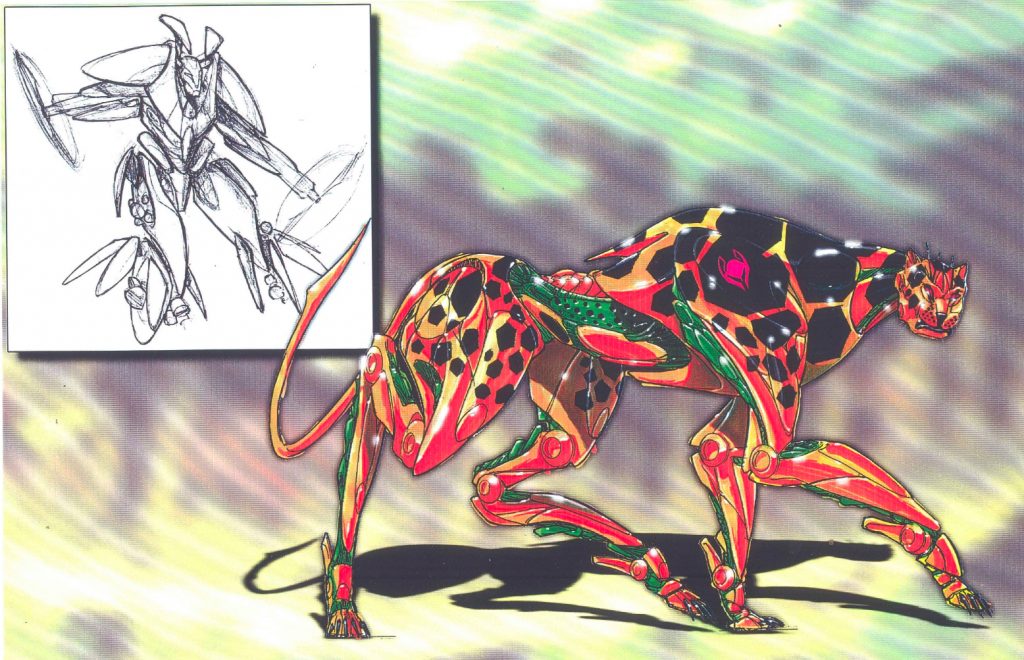
Alongside an overview of the season’s setting and story beats, there is a descriptive outline of the core cast of characters, with particular emphasis on the Maximals, as you might expect. One notable thing is how familiar they all feel versus their¬†Beast Wars¬†portrayal, which again speaks towards this story being a direct fourth-season continuation of the show as it was. The most apparent example is Cheetor, who is less of the grown-up ready-for-command soldier we see in¬†Beast Machines¬†and more of a progression from the awkward adolescent archetype encountered during his evolution to a Transmetal 2 in season 3. The treatment even describes Cheetor as “like a teenager” whose “emotions run high“, meaning he is “running hot and cold with very little in-between“. It seems Cheetor is in unrequited love with Blackarachnia, something which¬†Beast Wars¬†at least briefly alluded to.
The characterisation of Blackarachnia (consistently written as “Black Arachnia” throughout the document) also plays a little more on her previous arc, bringing some of her Predacon past into the mix and presenting her as somewhat less than the trusted and integrated part of the team she essentially is during the finalised Beast Machines. It outright states that “because she was once a Predacon, Black Arachnia has a sense of mystery about her and she does nothing to dispel it“, and “because of her past, Black Arachnia’s motives are suspect“, whilst she in turn “never trusts anyone”. As we’ll cover, there’s also a sizeable focus on her romantic life, including entanglements with two of the Vehicon crew.
Rattrap feels much more akin to how¬†Beast Wars¬†fans will think of him, which may have been welcome to some, considering the divisive portrayal of the character in the series. Much is made of his “warped sense of humour” as he makes fun of various elements of the Maximals’ new quest and finds amusement in teasing Cheetor and the others. It clarifies that although he may “pretend to be a bit of a coward” and “loves to complain that he is always being put into the line of fire”, he is exceptionally shrewd and boasts impressive skills.
Finally, Optimus feels like an evolution from where we last saw him, with the treatment stating he is now “wiser” and “more thoughtful” than before, despite still being “a¬†strong, steady leader of the Maximals, much more interested in reaching a peaceful settlement between enemies than in waging a war“. Like in the show, Optimus has an early encounter with an ancient supercomputer, and this experience ushers him into a new role as a sort of ‘sensei’ to the rest of the team as he helps them learn the new skills they will need on their mission. It also highlights this new “attitude has tuned him into his planet’s suffering and it physically and mentally pains him to see the world destroyed in this fashion“,¬†but again, there’s no mention of anything techno-organic on the agenda as the focus is purely on saving Cybertron from Megatron’s conquest. Optimus also has more humour and light-heartedness in this treatment, which we will come to later.
Also of note is how others are still functioning, including “those few Maximals who were left behind” and “are now Megaton’s slaves“, “tending to the machinery that is Cybertron“. The treatment also states Optimus’ team will rescue some of their friends along the way, although there is no mention of who they are or information about new characters such as Nightscream.
#9: The bad guys are Vehicons… but also Predacons?
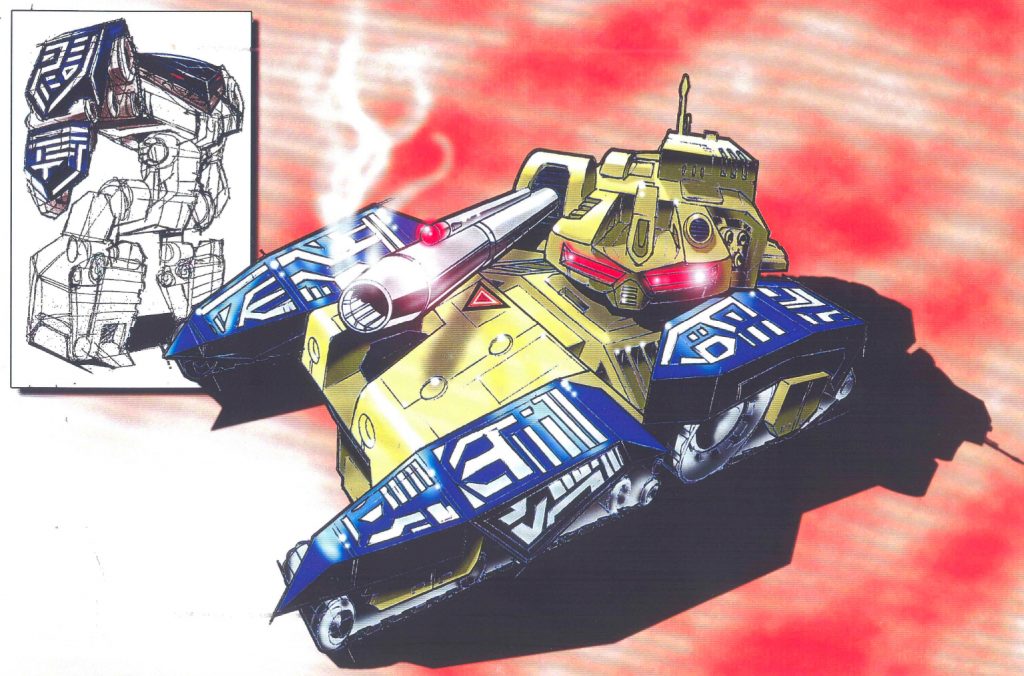
As for the bad guys, one surprising thing is they’re still referred to as the Predacons overall, whilst the Vehicons are simply Megatron’s “brand-new vehicle transforming troops“, making them feel like a subgroup of the broader faction more akin to Targetmasters or Pretenders in Generation 1. There is also no mention whatsoever of the Vehicons being generals who control drones, and it seems like they’re just singular entities (although the concept art does hint towards this aspect). However, we do learn they are all “reformed Maximal protoforms converted into Vehicle changers”¬†(although it’s unclear if the term ‘protoform’ is in line with its portrayal in¬†Beast Wars¬†here) who have no recollection of their previous lives but have an “instinctive understanding¬†of how Maximals fight and can counteract their actions in battle“.
Megatron himself is still a bit of a departure from his Beast Wars portrayal. He seemingly retains his dragon beast form, and there is no mention of him wanting to remove it in favour of being purely technological. Instead, his goal here is much simpler, as he seeks total dominion and unlimited power, somewhat akin to the character’s classic motivation (well, kind of). However, the treatment states Megatron is “mad” and that he “tries to remain cool and in control of himself“, which may have inspired what we eventually saw on screen.
As for the Vehicons, we have the same three initial characters, although here, Jetstorm is instead known as Skybolt and presented as “a Top Gun pilot gone to the dark side” and “a dark Errol Flynn, fast with the quips“, which sounds familiar to the character we came to know!
There is also Thrust, who at least outwardly feels the same as the final show, all “dark and brooding“, but underneath, “his reprogramming has not been one hundred percent effective” and “he has a tiny bit of Maximal spark still inside him“. Yes, Thrust is confirmed to be Silverbolt in this version, just as Blackarachnia initially surmised in the series, and not Jetstorm as it transpired. The treatment even specifies he still instinctively cares for Blackarachnia but “refuses to let himself show emotion and therefore forces himself to become angrier and more resentful of the Maximals. In essence, Thrust is beating up on himself for having feelings he despises and tries to overcompensate for those feelings“. That’s a far cry from the biker boy we eventually got.
Meanwhile, Tankorr (two ‘r’s!) is also fairly familiar, presented as “a near mindless berserker who only exists to crush everything under his treads“. However, this version has more to him, as he “believes Megatron thinks too much to be their leader” and that “he should be ruling Cybertron instead“. It clarifies how Tankorr is “not bright, but he is crafty and evil, and even Megatron has to watch his back“. Furthermore, whilst the treatment states Megatron reprogrammed Rhinox to become Tankorr, it seems this happens during the course of the story and not in flashback as in the finished series. Instead, the Maximals discover Rhinox has been captured, only for him to be “taken into a bizarre place where his spark is removed from his body and transferred into something else that we don’t see“. Tankorr then appears in later battles, although without any memory of his Maximal roots, and the character quirks mentioned above are inherent to his new personality and not as a result of Rhinox’s twisted self coming to the fore, like in the show.
Finally, there is another character mentioned (although with no name), who is “a young, eager Vehicle-Transformer” rescued by the Maximals and brought into their tribe to help them defeat Megatron. Unfortunately, it later turns out he is a spy!
#8: There would have been a lot more humour…
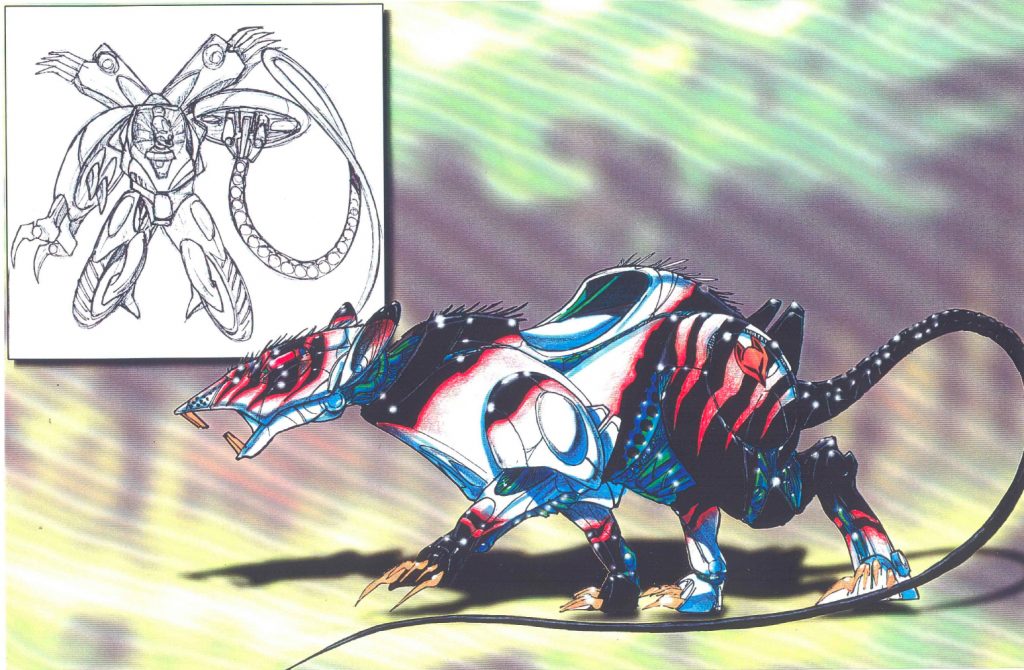
As well as outlining the story and characters, one thing this treatment talks about is the tone of the show, and it’s clear it was initially conceived as being quite different from the final product and, again, perhaps a little more consistent with Beast Wars. For one thing, it emphasises the need for humour at several points, and while there were some brief comedic moments in Beast Machines, it was more dour and serious than its predecessor’s often slapstick or banter-fueled nature. The treatment even references that head-on by saying, “The sometimes outrageous humor in Beast Wars has always been up front and center. Although this story is very serious, character humor will always be obvious. Our characters crack wise, react humorously and engage in practical, if not deadly jokes whenever possible. War may be hell, but it can also be funny.” This feels very different to what we ended up seeing on screen, where although the cast did ‘crack wise’ a fair amount of the time, it was often more in the manner of bickering or sniping at one another!
Furthermore, the treatment specifies how “Humor has always been a critical element in the Transformers series, and it will continue to be so here. Despite the fact that this story is dark and grim, the characters will continue to spout one-liners, act over the top and generally enjoy their moments of battle. The humor may sometimes be dark, but it will always be there.“
Rattrap would have been a significant source of the humour, and the treatment mentions that some of this comes from his struggles to transform early on (which was an element carried over in some form). He and Cheetor were envisaged as supplying most of the laughs on the Maximal side, although one surprising aspect is the depiction of Optimus Primal in this regard. Whereas the great ape was quite intense and stoic in the finalised series, the treatment describes him as “the brunt of jokes from his long-time friends who find his new (more thoughtful) nature amusing. They never pass up a chance to deflate him. Optimus, perhaps because he has become wiser, also sees the humor and allows himself to be an easy target.” Such a portrayal feels very different from anything we saw in Beast Machines and much more in sync with the character in Beast Wars.
#7: …and a lot more romance!
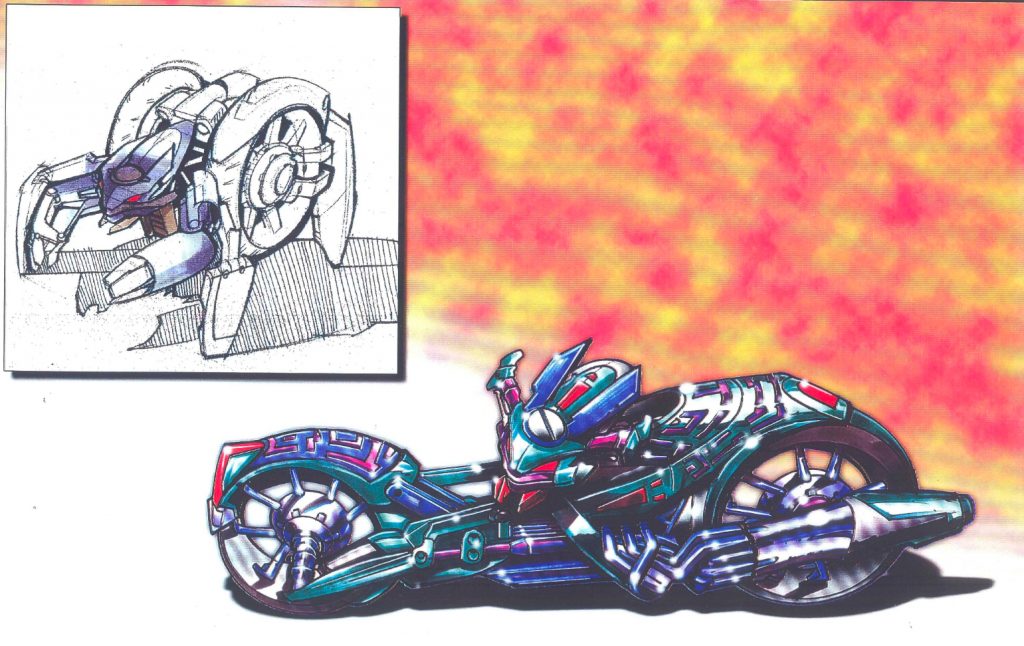
As well as more humour, it’s clear this treatment for¬†Beast Hunters¬†envisaged a show very different in tone to what became¬†Beast Machines, and another aspect of that is an outright description of the series as a “soap opera” where we are “as involved with each of our character’s lives and tribulations as we will with their battles for the freedom of their world“. Specifically, there’s a sizeable emphasis on romance throughout the story overview, with various characters pulled into the mix across the suggested season in a manner which also feels like more of a straight continuation from¬†Beast Wars.
A lot of this rather predictably involves Blackarachnia, who develops a connection with Thrust despite not knowing he is secretly Silverbolt (the treatment instructs how this “information should not be revealed in season four“). His faulty programming allows him “to instinctively care for Black Arachnia“, who in turn “learns to have feelings” for Thrust, as they enter an “unthinkable Romeo & Juliet relationship” (presumably, he has a laminated card in his wallet). This situation causes “tension throughout the season, and force(s) her fellow Maximals to wonder where lies Black Arachnia’s loyalties“.
What’s strange is that Blackarachnia also develops an entanglement with Skybolt, as she “hesitates every time she and Skybolt find themselves together” and is later “torn between her feelings for Skybolt and her need to save Cybertron” as their relationship “becomes more intense and jeopardizes the Maximals’s cause“. It seems this would have been a major focus of the story as Blackarachnia “knows she should not be involved with Skybolt and has determined to correct the situation no matter how much it hurts her“.
Unfortunately, Cheetor also becomes besotted with Blackarachnia in this version, and his “deep feelings” lead to him being “both hurt and angry because of her relationship with Skybolt“. He “tries to get closer to her” but “feels spurned and his hatred for Skybolt increases as does his sense of personal inadequacy“, which is all spurred on by Rattrap teasing him. All of this means Cheetor becomes determined to destroy Skybolt, which has some serious consequences down the line, as we will see.
Needless to say, very little of this made it into the final show!
Be sure to join us for part two soon!
TTFN


